Before I kick off this new blog, I’m happy to announce the release of my 3rd book” “The Art of Thinking Like A Data Scientist”. This book is designed to be a workbook – a pragmatic tool that you can use to help your organization leverage data and analytics to power your business and operational models. The book is jammed with templates, worksheets, examples and hands-on exercises, all composed to help reinforce and deploy the fundamental concepts of Thinking Like A Data Scientist. I hope you enjoy it!
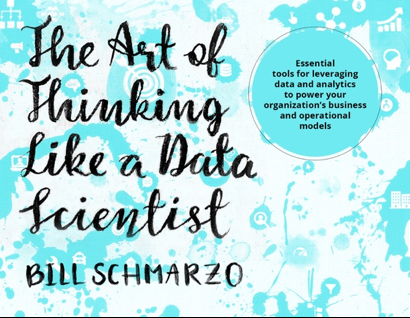
The business models that exploit new sources of economic value creation and capture are constantly shifting, driven by technology changes. For example, traditional business models based upon the Value Chain are being replaced by business models fueled by interconnected networks. And eventually those network-based business models will be attacked by new business models that figure out new ways to identify, capture and operationalize new sources of customer, product, operational and market value,
So, let’s take a stroll down memory lane to understand how business models have transformed to capture value. And we’ll end the journey by teleporting into a future world where again new technologies are enabling new business model opportunities for economic value creation.
Value Creation Phase 1: Value Chain-based Business Models
Michael Porter introduced the Value Chain concept in 1980 to communicate how economic value was created. A value chain is a set of activities through which products or services pass, in which each activity adds more value to the end product or service. Put another way, a value chain is an inflexible series of sequential interconnected nodes to support a singular purpose, whose execution is brittlely-suspectable to breakage in any one of the interconnected nodes. See Big Data MBA: Course 101A – Unit III” for more on Value Chain Analysis (see Figure 1).
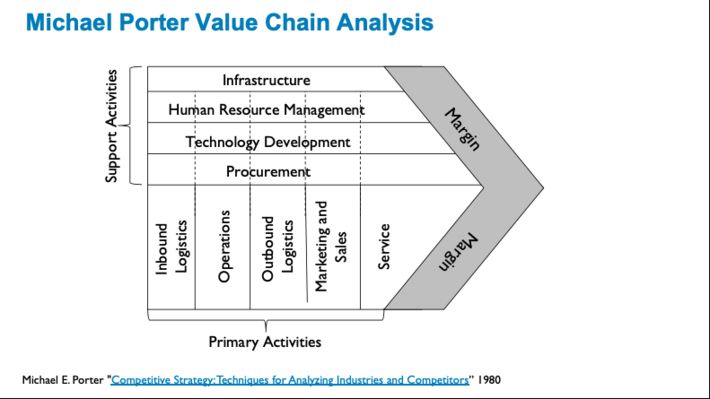
Figure 1: Michael E. Porter “Competitive Strategy: Techniques for Analyzing Industries and Compe…”
Value Chain business models rose to prominence during the information revolution as a way to identify and capture new sources of value creation. The Value Chain concept fit perfectly into a business environment where manufacturers held ultimate power to dictate terms and conditions to value chain players including customers, distributors and suppliers. For example, Consumer Package Goods (CPG) companies spent significant sums on focus groups and research studies in order to gain superior insights of the behaviors of different customer segments (Soccer Moms, Country Squires, Yuppies, Vegetarians). With those insights in hand, CPG Manufacturers dictated to distributors and retailers pricing, promotional activity and in-store placement while setting the pricing, quality and logistic requirements for their suppliers.
While this Value Chain model is still prevalent today (see Apple’s control of the smart phone industry and their outsized 73% share of industry profits), the world is moving away from these directive, command-and-control value chain-based business model to network-based business models where players are capturing new sources of customer, product and operational value.
Value Chain-based Business Models Summary
Value Beneficiary? Manufacturer
How is Value Created and Captured?
- Analytics-driven reductionism to eliminate unnecessary, non-value-add tasks
- Automation to reduce or eliminate labor costs
- Outsourcing non-critical tasks to lower-cost countries
- Data management and analytics to drive operational excellence
Value Creation Phase 2: Network-based Business Models
The economic potential of centralized networks is best understood by looking at Metcalfe’s Law. Metcalfe’s Law states the effect of a network is related to the fact that the number of unique possible connections in a network of nnodes (see Figure 2).
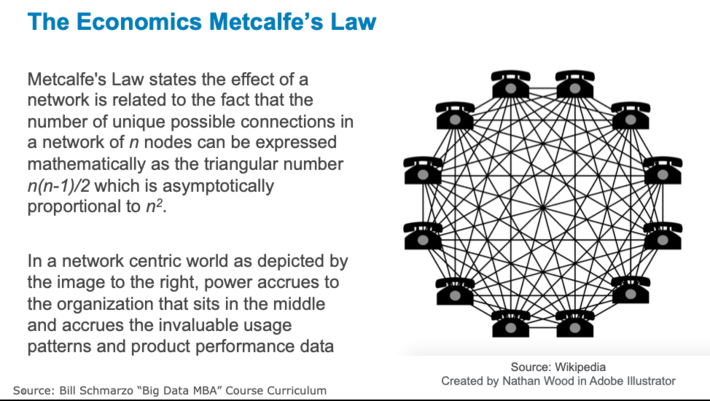
Figure 2: The Economics of Metcalfe’s Law
Metcalfe’s Law provides a framework for rethinking how value is created with a network-centric business model. In a network business model, economic value is captured by organizations that master the matching (codify and optimize) of customer usage patterns with product performance. Telco’s, financial services organizations, social media companies and marketplace exchanges exploit the economics of centrally-controlled networks through the creation of detailed, granular view of individual customers. Instead of each customer fitting nicely into a single demographic segment, these companies are exploiting the granular views of each individual customer’s behaviors, preferences, propensities, inclinations, tendencies, interests, associations and affiliations via Analytic Profiles.
Network-based Business Models Value Creation
Value Beneficiary? Network Owner
How is Value Created and Captured?
- Rapid growth of the network (first mover advantage; block out competitors)
- Scaling through automation
- Cost management of massive volumes of granular, structured and unstructured data
- Data engineering and DataOps expertise to convert raw data into high-value, curated data
- Data science mastery to codify customer behaviors and product performance
Value Creation Phase 3: Value Chain to Network Business Model Transformation
Today we are seeing Value Chain-based business models morphing into Network-based business models through Products-as-a-Service (Xaas) business models. Instead of selling products, these companies are selling outcomes as a service (aircraft engine manufacturers selling Thrust-as-a-Service, or industrial compressor company selling Air-as-a-Service). The keys to Xaas business model success include (see Figure 3):
- Superior consumer product usage insights (product usage tendencies, inclinations, affinities, relationships, associations, behaviors, patterns and trends). Xaas players must be able to quantify and predict where, how and under what conditions the product will be used and the load on that product across numerous product usage dimensions including work type, work effort, time of day, day of week, time of year, local events, holidays, work week, economic conditions, weather, precipitation, air quality / particulate matter, water quality, remaining useful life, salvage value, etc.
- Superior product operational insights (product performance or operational tendencies, inclinations, affinities, relationships, associations, behaviors, patterns and trends) to support product operational excellence use cases including reduction of unplanned operational downtime, predictive maintenance optimization, repair effectiveness optimization, inventory cost reductions, parts logistics optimization, elimination of O&E inventory, consumables inventory optimization, energy efficiencies, asset utilization, technician retention, remaining useful life, predicted salvage value, etc.
- Superior data and instrumentation strategy; knowing what data is most important for what use cases and where to place sensors, RTU’s, and other instrumentation devices in order to capture that data so as to balance the costs of False Negatives (from lack of instrumentation) versus False Positives (from too much instrumentation).
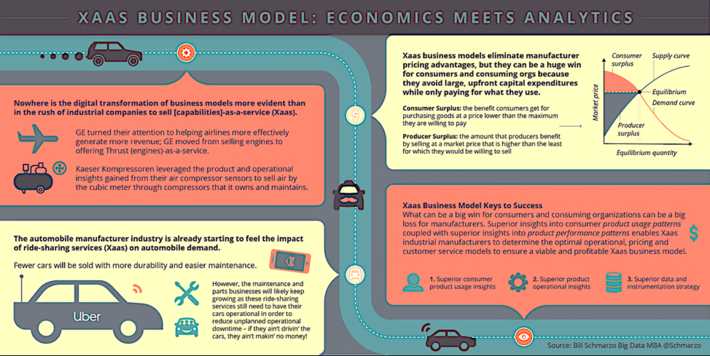
Figure 3: Xaas Business Model: Economics Meets Analytics
Check out “Xaas Business Model: Economics Meets Analytics” for more details on Xaas.
Xaas-based Business Models Summary
Value Beneficiary? Manufacturer
How is Value Created and Captured?
- Data management and instrumentation strategy and DataOps / Data Engineering expertise to capture customer usage and product performance data
- Superior analytics (Data Science) to codify user usage pattern insights in order to determine optimal pricing and service level agreements
- Superior analytics (Data Science) to codify product performance insights in order to drive product and operational excellence
What’s Next? Co-creation Business Model?
As the complexity of business and operational environments continue to grow, amount of data explodes and new digital technologies (IoT, 5G, AI/ML, Autonomous Vehicles, AR/VR, 3D Printing, Blockchain) are thrust upon us, some industrial companies are banding with Information Technology providers to jointly create and commercialize new business opportunities. Heck, I think any business objective with “smart” as an adjective – smart cities, smart factories, smart airports, smart oil fields, smart theme parks, smart hospitals – are candidates for co-creation efforts between Industrial and Technology partners.
This will be more than today’s Systems Integrator-to-Customer project-basedrelationships that yield one-off solutions (and where the vast majority of project costs and risks are borne by the customer). A true Co-creation business model is a market-basedcollaboration where industrial companies and technology providers “get married” by integrating digital capabilities with the customer’s operational expertise to create new market opportunities. It’s about both parties mastering the economic value of digital assetslike data, analytics and apps.
To be successful at co-creation, the following characteristics are going to need to exist:
- Common Vision about the sources of value creation
- Common Language and process in order to productize and operationalize subject matter expertise
- Organizational Improvisation – yes, elephants dancing on the head of a pin – in order to react to the inevitable demons and monsters that appear along the journey
- Open and Sharing Culture that ultimately leads to a shared culture of trust
Wait, that sounds very familiar…
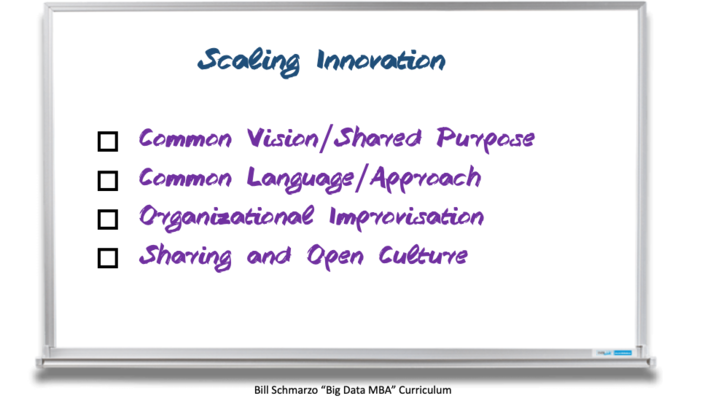
Check out my blog “Scaling Innovation: Whiteboards versus Maps” for more details.
Watch this space for more details as we being to work with more and more companies to perfect this mutually-beneficially, win-win-win Co-creationbusiness model.
Value Chains, Networks and Co-Creation Business Models Summary
- Value Chain-based business models thrived when manufacturers could exert control over value creation by dictating terms and conditions to customers, distributors and suppliers.
- Metcalfe’s Law introduced the disruptive power of inter-connected networksand the potential for new sources of economic value creation.
- Today, Value Chain business models are being challenged by Network-based business models that have found new ways to create new sources of economic value.
- Network-based business models create economic value by mastering the matching (codify, optimize) of customer usage patterns with product performance insights.
- Companies withValue Chain-centric business models are trying to morph into Network-based business models by embracing Product-as-a-Service (Xaas) capabilities, which requires more advanced data and analytics strategies.
- New business models are on the horizon, one of which is the Co-creationbusiness model which drives OT + IT collaboration to advance beyond project-based dating to market-creating marriages.
